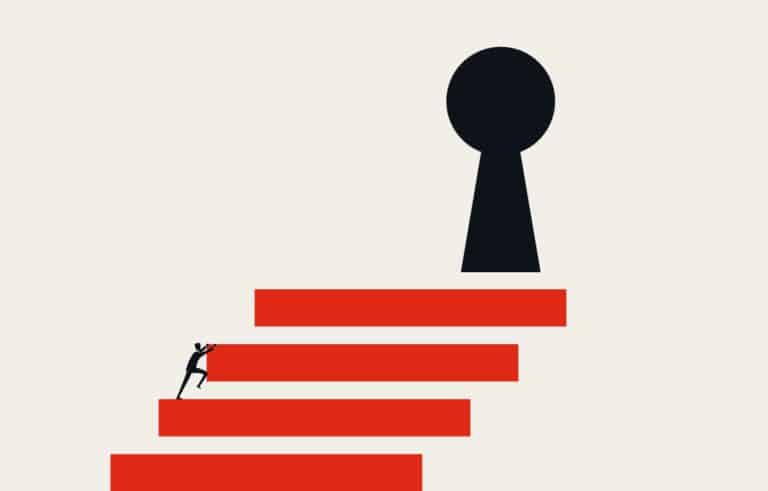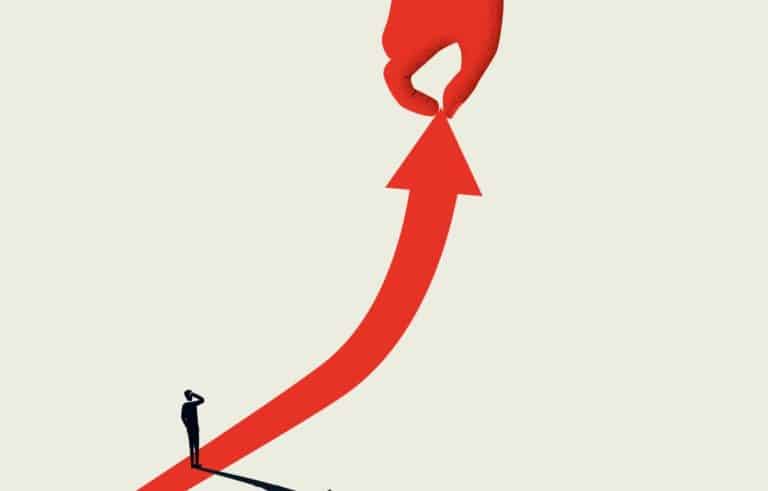The silent thief or at least that’s what most call inflation. Each and every day it robs you, me and everyone we know, of our purchasing power. Fortunately, the Federal Reserve is the institution assigned to tackle the country’s current inflation woes. We’ve previously discussed how the Federal Reserve is using the federal funds rate to help continue lowering the Consumer Price Index (CPI). What we haven’t gone into detail on is the CPI specifically, how it is calculated, and why it matters.
To begin, the Bureau of Labor Statistics calculates the CPI and releases the data monthly. This metric is the most widely used measure of inflation. But what is the CPI? It is a measure of the average change overtime in the prices paid by urban customers for a market basket of consumer goods and services, and is sometimes viewed as an indicator of the effectiveness of government economic policy [1].
Simply put, the CPI assigns prices to various types of goods and services, then gives a weighted measurement of the price change for all time. The formula for calculation is extremely complex and laid out by the BLS ‘Handbook of Methods’.
But what happens when that formula is changed? How is that taken into account when referencing the CPI? Short answer: it really isn’t. It’s incumbent upon the user to understand the historical context of the number calculated. So what is happening now and why does it matter? The BLS, according to their website,
US Bureau of Labor Statistics“plans to update weights annually for the CPI based on a single calendar year of data, using consumer expenditure data from 2021. This reflects a change from […] updating weight biennially using two years of expenditure data.”
Based off this new calculation, the BLS is attempting to improve the accuracy and usefulness of the CPI, but runs the risk of catering to the narrative of ‘moving the goal posts’. To further explain: by only accounting for 2021 and ignoring 2022’s data, the January 2023 CPI numbers are virtually guaranteed to be lower. The yearly inflation rate annual average for 2021 was 4.7% while 2022’s was 8.38%. Purely speculating, I think we could see the CPI drop by 1.5%-2.0% for the month of January by implementing this new calculation method. You decide how much weight to put into these numbers. CPI up or down, we will continue to remain bullish on the rental trends in the MFH sector in certain markets.
- “Consumer Price Index”. US Bureau of Labor Statistics, January 18, 2023. https://www.bls.gov/cpi/questions-and answers.htm#:~:text=The%20CPI%20is%20the%20most,effectiveness%20of%20government%20%20economic%20policy.





